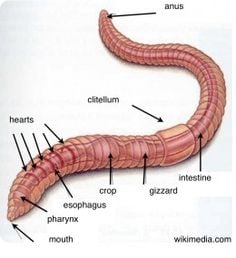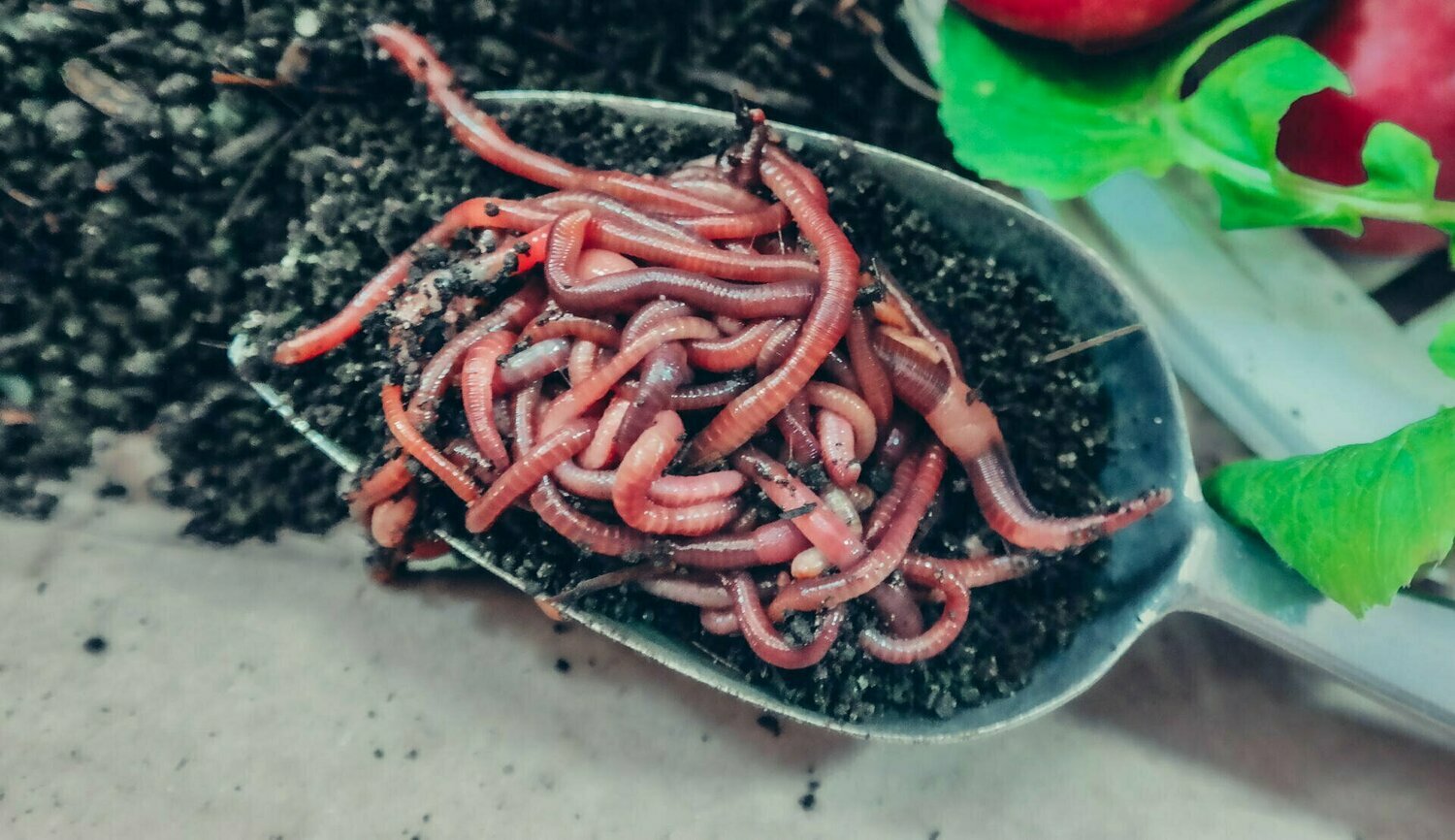Making The Most Of the Advantages of Red Wiggler Worms: A Comprehensive Guidebook for Home Gardeners and Urban Farmers
In the realm of sustainable horticulture techniques, red wiggler worms stand as unhonored heroes, quietly changing organic waste into nutrient-rich castings that can function marvels for dirt health. By discovering the intricacies of how to properly care for and optimize the advantages of red wiggler worms, individuals can unlock a wealth of opportunities for enhancing the sustainability and productivity of their gardening endeavors.
Recognizing Red Wiggler Worms
Red Wiggler worms, renowned for their reliable composting capabilities, are a species of earthworms widely utilized in vermiculture practices. These worms, scientifically known as Eisenia fetida, flourish in decaying natural product, making them suitable candidates for composting.
One secret characteristic of Red Wiggler worms is their reproductive rate. These hermaphroditic creatures possess both male and women reproductive organs, enabling them to reproduce swiftly under desirable problems. A fully grown Red Wiggler can create numerous spawn in a brief duration, ensuring a stable population within a composting system.

Setting Up a Worm Container
When establishing a worm bin for vermiculture objectives, correct prep work and focus to information are vital for producing a favorable setting for Red Wiggler worms,. Begin by picking an ideal container for your worm container. This can be a plastic or wooden container with a lid to preserve moisture levels and shield the worms from light. Guarantee that the bin has drain holes at the base to protect against waterlogging.

Location the worm bin in a trendy, dark place away from straight sunshine and extreme temperature levels. By adhering to these steps, you can establish up a growing worm bin that will effectively refine natural waste into nutrient-rich vermicompost for your garden.
Feeding and Maintaining Worms
Making sure a nourishing and well balanced diet regimen is crucial for the health and efficiency of Red Wiggler worms in a vermiculture system. It is vital to stay clear of feeding them citrus fruits, onions, garlic, dairy products, meat, and oily foods as these can be dangerous to the worms or cause unpleasant smells in the bin.
Correct wetness degrees are additionally critical for the well-being of Red Wiggler worms. By diligently monitoring their diet regimen, moisture, and environmental problems, home gardeners and metropolitan farmers can maintain a healthy and productive Red Wiggler worm population for composting functions.
Harvesting Worm Castings
To efficiently draw out nutrient-rich worm spreadings from the vermicompost, an organized harvesting procedure is important for making browse around this site best use of the composting benefits. Red Wiggler Worms. The very first step in collecting worm castings is to encourage the worms to migrate away of the container. This can be achieved by positioning fresh food scraps on one side and leaving the opposite side undisturbed for a few days. Once the majority of worms have relocated to the side with fresh food, the spreadings can be collected from the contrary side.
After the castings have actually been gathered, it is vital to separate any kind of continuing to be worms from the castings to stay clear of damaging them during storage or application. One efficient approach is to develop cone-shaped piles of castings under brilliant light. Worms will instinctively relocate away from the light, enabling very easy splitting up and removal.
Finally, the gathered worm castings should be kept in a cool, official website dark, and dry area to maintain their high quality and performance as a nutrient-rich dirt change. By complying with these steps, home gardeners and urban farmers can make best use of the benefits of red wiggler worms in their vermicomposting systems.
Utilizing Worm Castings in Gardening
The consolidation of nutrient-rich worm castings into yard soil can dramatically enhance plant development and general dirt health and wellness. Worm castings, also referred to as vermicast, are an all-natural fertilizer created by red wiggler worms as they damage down organic issue. These castings are rich in important nutrients like nitrogen, phosphorus, potassium, and helpful microbes that advertise plant growth and improve soil framework.
When making use of worm castings in gardening, it is essential to mix them extensively right into the dirt or utilize them as a leading clothing around plants. The slow-release nature of worm castings guarantees a stable supply of nutrients to plants in time, minimizing the risk of nutrient leaching and advertising lasting dirt fertility. Additionally, worm spreadings assist boost soil aeration, water retention, and microbial activity, creating a healthy atmosphere for plant roots to grow.

Final Thought
In verdict, the application of red wiggler worms in home gardening and metropolitan farming can considerably profit soil health and plant development. By understanding exactly how to establish and maintain a worm container, feed the worms correctly, and gather their nutrient-rich spreadings, garden enthusiasts can make best use of the advantages of these earthworms. Incorporating worm spreadings into horticulture practices can boost soil fertility and total plant efficiency. Overall, red wiggler worms use a lasting and effective remedy for improving garden and ranch yields.
In the world of lasting horticulture methods, red wiggler worms stand as unsung heroes, silently changing natural waste right into nutrient-rich spreadings that can work marvels for soil health and wellness.When establishing a worm container for vermiculture objectives, proper preparation and attention to detail are essential for producing a conducive setting for Red Wiggler worms. The first step in harvesting worm spreadings is to urge the worms to migrate to one side of the container. Worm spreadings, also recognized as vermicast, are an all-natural fertilizer produced by red wiggler worms as they break down organic link matter. By understanding exactly how to establish up and preserve a worm bin, feed the worms effectively, and collect their nutrient-rich spreadings, garden enthusiasts can make best use of the advantages of these earthworms.
Comments on “Red Wiggler Worms - Perfect for Vermicomposting and Dirt Enrichment”